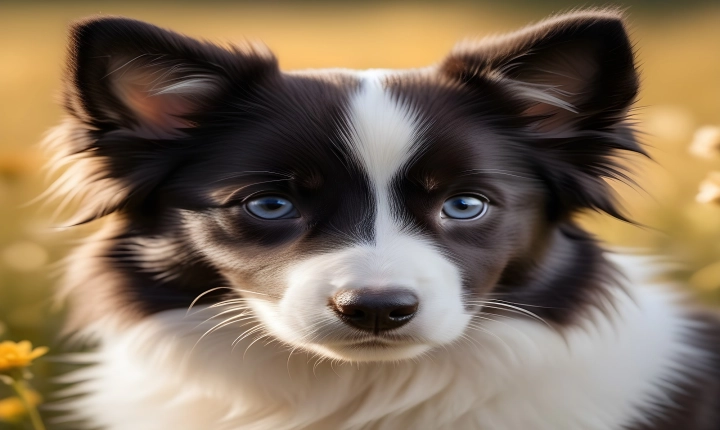Title: Is There a ChatGPT for Images?
In the age of artificial intelligence and machine learning, the capabilities of AI have expanded beyond just text-based interactions. While GPT-3 has revolutionized natural language processing and generated significant interest, there has been increasing curiosity about whether a ChatGPT for images exists. This article delves into the concept and the current state of image-based conversational AI.
ChatGPT, developed by OpenAI, is a language model that has gained widespread attention for its ability to generate human-like text responses. However, extending this concept to images raises intriguing possibilities. Imagine being able to have a conversation with an AI model that understands and responds to images in a natural, conversational manner.
As of now, there isn’t an exact equivalent of ChatGPT for images, but there have been significant developments in the field of image-based conversational AI. One key player in this domain is Microsoft’s image captioning research, wherein they have worked towards generating captions for images using AI. While this doesn’t constitute a conversation with an image, it represents a significant step in the direction of understanding and reasoning about visual content.
Another noteworthy project is OpenAI’s CLIP (Contrastive Language-Image Pretraining), which has demonstrated the ability to understand and interpret images based on textual prompts. While CLIP doesn’t engage in conversational interactions, it showcases the potential of AI models to comprehend images in a way that is reminiscent of human understanding.
Efforts in the academic and research community have also led to promising developments in the area of image-based conversational AI. Various studies have explored the use of multimodal models that process both textual and visual inputs, aiming to create AI systems that can understand and respond to both types of data in a coherent and human-like manner.
The challenges in developing a ChatGPT for images are substantial. The complexity of visual data, ambiguity in interpretation, and the nuances of visual context present significant obstacles. However, advancements in computer vision, multimodal models, and deep learning techniques offer promising avenues for addressing these challenges.
The potential applications of a ChatGPT for images are vast and diverse. From assisting individuals with visual impairments in understanding their surroundings to enhancing customer service experiences through image-based interactions, the impact of such technology could be transformative.
In conclusion, while there isn’t a direct equivalent of ChatGPT for images at present, the field of image-based conversational AI is steadily advancing. The ability to have meaningful conversations with images could revolutionize human-computer interactions, and the progress made so far indicates that we are on the cusp of exciting developments in this domain. The quest for a ChatGPT for images represents a compelling frontier in the ongoing pursuit of AI capabilities, and the possibilities it presents are indeed intriguing.
